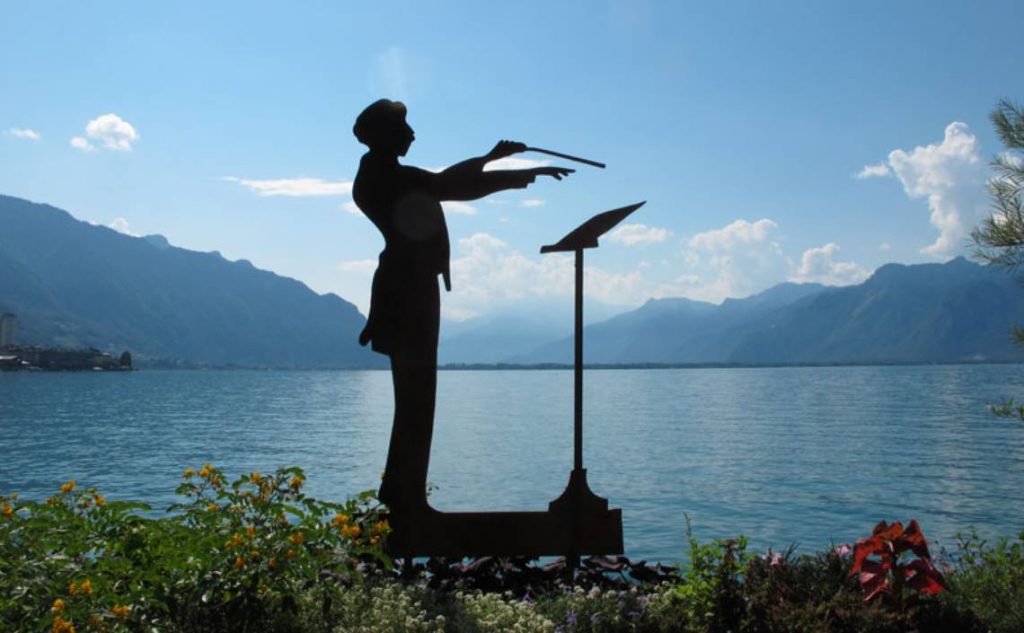Switzerland
You just left behind your back the Jura Mountains, at the slopes of which lies Besançon, to go however towards new mountains. The cowbells will welcome you into the first Swiss village, Sainte-Croix, in the Vaud canton. You are following an ancient path, already used by the Romans during their movements towards the North of the continent; nowadays it is an excursionist itinerary marked as Route 70 and identified as official route of the Via Francigena.
We don’t know if the territory of the Lavaux district, exposed on the Lemano Lake, was already cultivated with terraced vineyards (today, a UNESCO World Heritage Site) at the time of Sigerico. It is however sure that the archbishop stopped in Lausanne, a city laid on the sunny side of the Lake, where you should stop as well, even just for a quick visit to the beautiful gothic cathedral.
Enter the groove of the Rhône valley and leave the coast of the lake, with its famous touristic and social places, Vevey and Montreaux. The landscape becomes solemn and you will be able to find quiet and solitude in the great Saint-Maurice abbey: it was founded in the 6th century and it is now a fixed destination for pilgrims who want to see the remains of the saints. Stay the night in the abbey: it is an unforgettable experience.
The last two stages will be memorable, and not just for the ascent that from Martigny is sometime steep. You will reach the top of the hill, which with its 2000 meters of height is the highest point of the itinerary, and breathe the thin air of the mountain. Then you will arrive at the majestic hostel of the pass, which was founded around the year 1100 by Bernard of Menthon. Your great journey is now at a central point: from the Italian side, rivers – and roads – head towards the Mediterranean.



